Long before the 2023 Venice Biennale, modern African architecture was brought to the world’s attention. Udo Kultermann’s New Architecture in Africa, published in 1963, shed light on that current scene, with striking black-and-white photographs underscoring the audacity of buildings that were contemporary with the process of decolonization.
Among these images were the Moroccan projects of Jean-François Zevaco, who was then working on the reconstruction of Agadir, destroyed by an earthquake in 1960, where his post office became a manifesto of lyrical Brutalism.
Born in Casablanca in 1916, he studied at the École des Beaux-Arts in Paris and caused a sensation in his hometown in 1947 with the Villa Suissa, a hedonistic firework display of modern materials. In the language of Oscar Niemeyer, he dotted the Moroccan landscape with idiosyncratic structures such as the airport club in Tit Mellil and a gas station in Marrakech, whose structural boldness recalls Brazilian experiments.
After Morocco’s return to independence in 1956, Zevaco decided to stay in the country, where he built schools and courthouses in concrete, with tectonics derived from Frank Lloyd Wright.
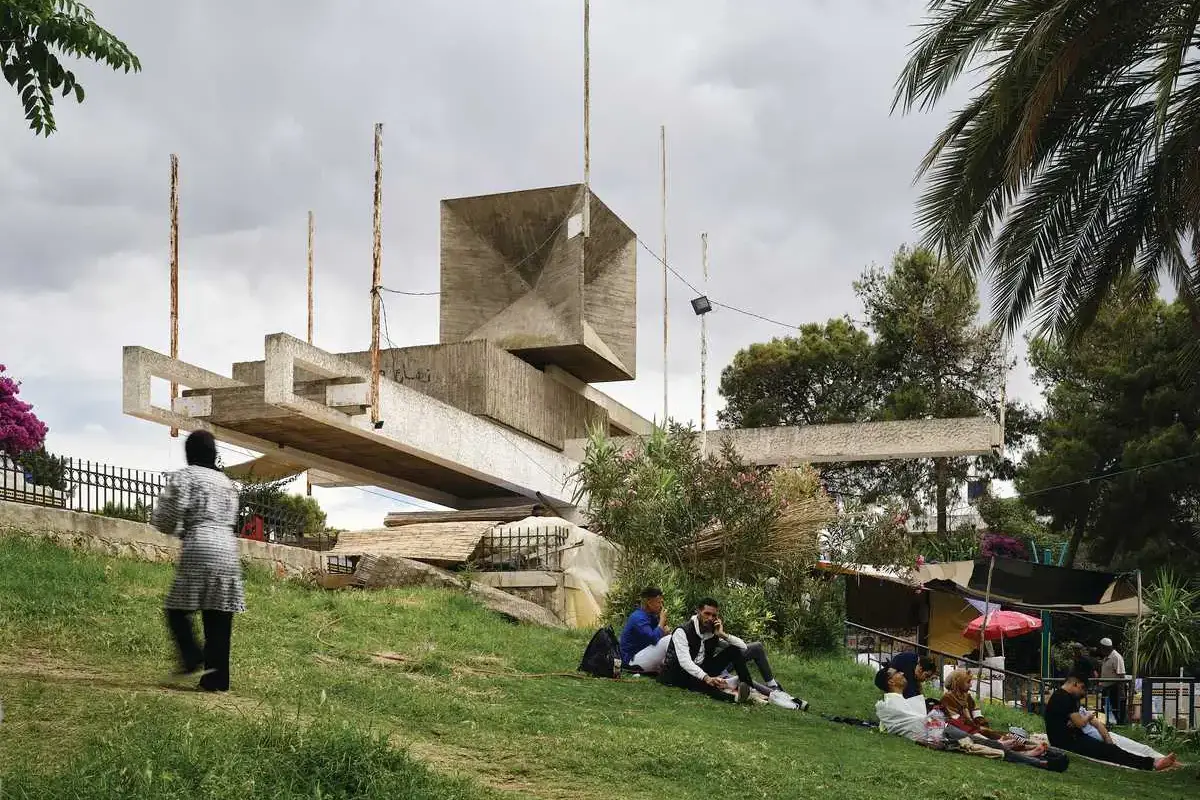
1
Innovative concrete forms abound, from a pyramidal roof (top of page) and a sculptural pile of blocks (1), to the elegant hotel slab (2) with striking supports (3). Photos © doublespace / Younes Bounhar, click to enlarge.
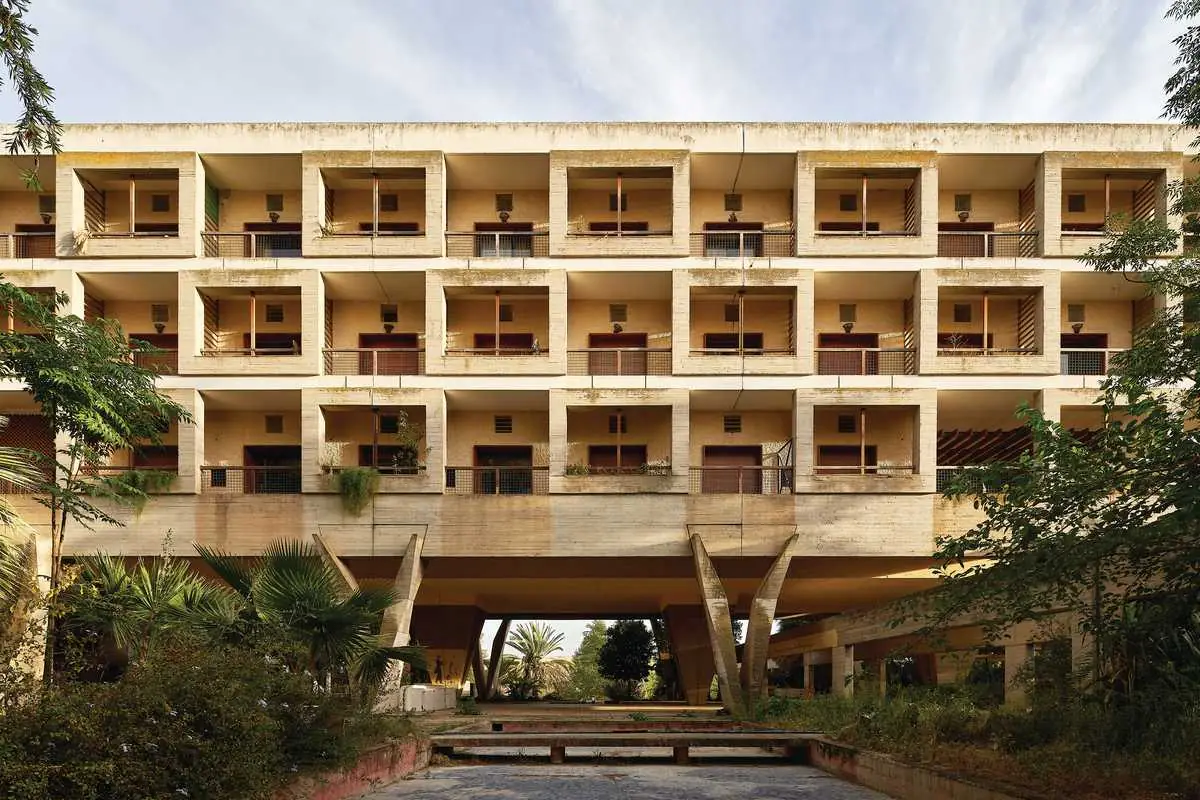
2
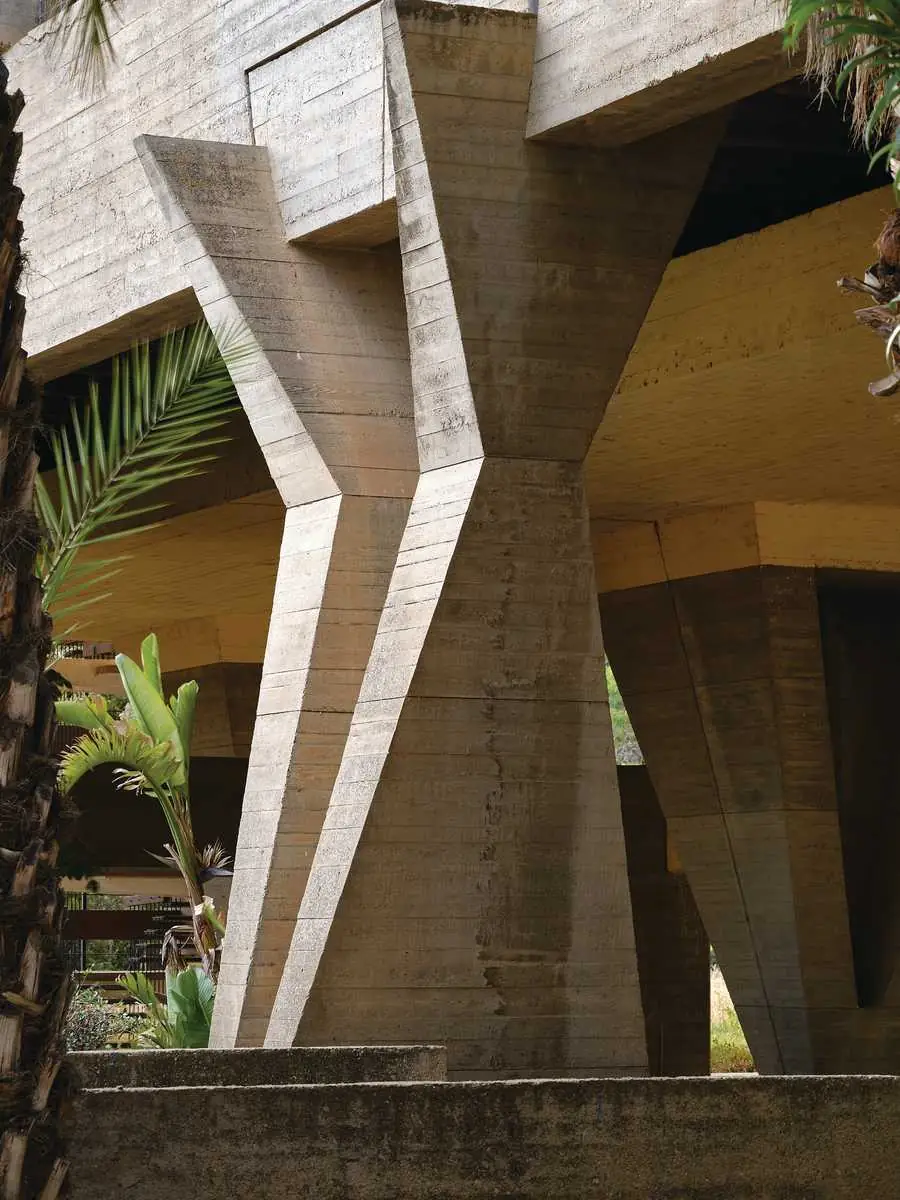
3
East of Fez, the historic capital of Morocco, are the mineral springs of Sidi Harazem, used since ancient times. In 1957, the Caisse de Dépôts et de Gestion, the country’s main public financial institution, decided to create a spa complex for national and international patronage and commissioned Zevaco, who spent nearly 15 years designing and building a remarkable set of facilities, at that point his largest project.
A long, rectangular open space, lined with orthogonal porticoes and pergolas, it features vegetation in a manner reminiscent of the ryad, the courtyards of Morocco’s ancient medinas. It leads to a kissariat, a covered market hall recalling the one in Fez, with a roof of hollow pyramids. Without any nostalgia, Zevaco uses different arrangements of concrete to create imaginative shapes. The sculpture marking the entrance is a proliferating pile of textured blocks, while the hotel, built after 1965, is a short, elegant slab supported by lamellar pilotis.
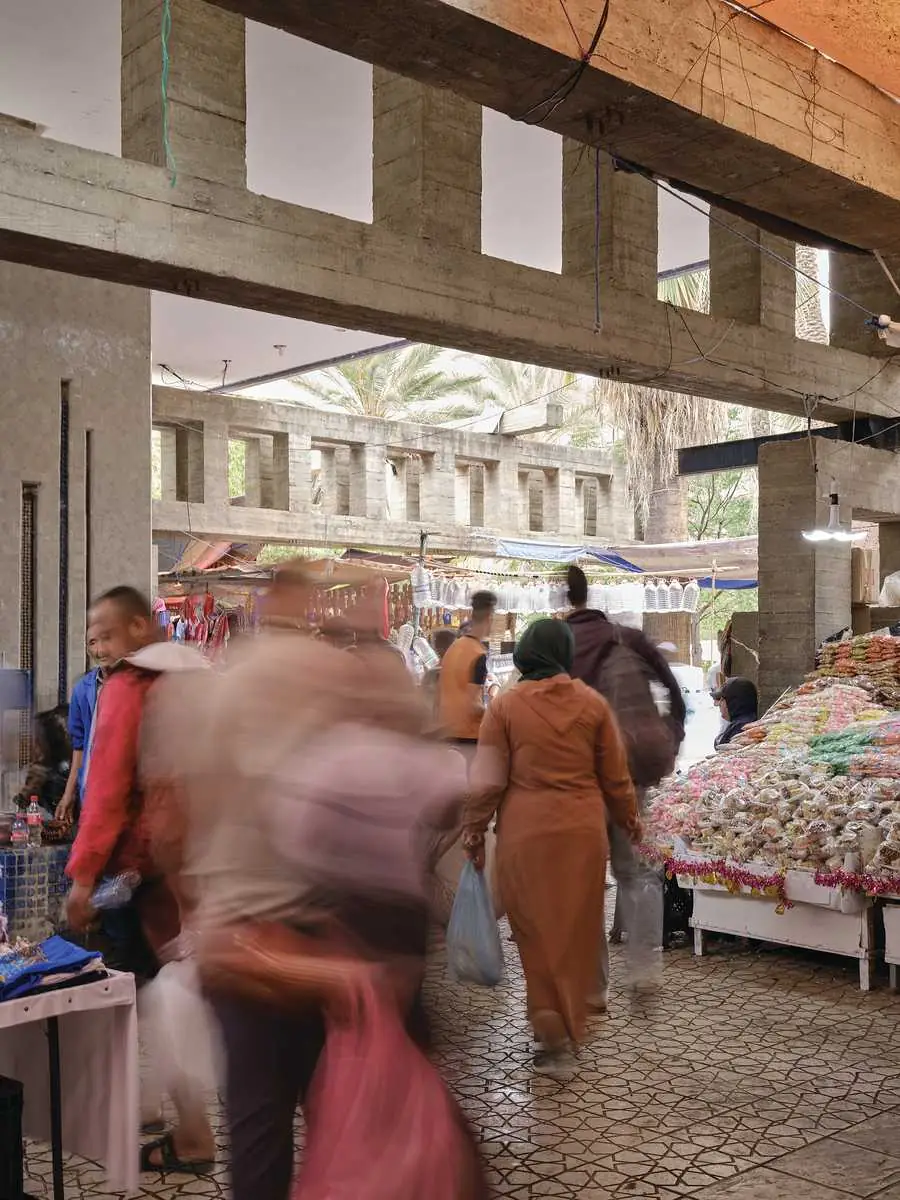
4
The market (4) and the hotel (5 & 6) have been partially open over the years. Photos © doublespace / Younes Bounhar
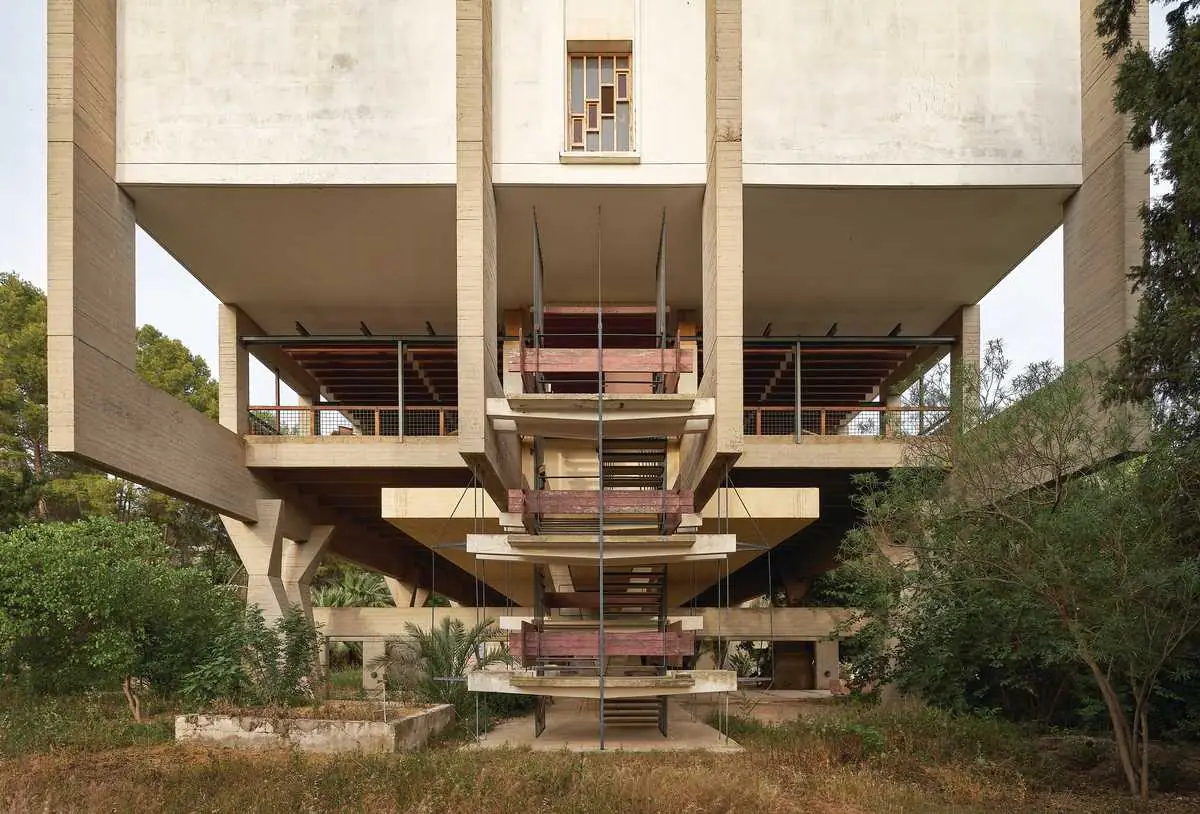
5
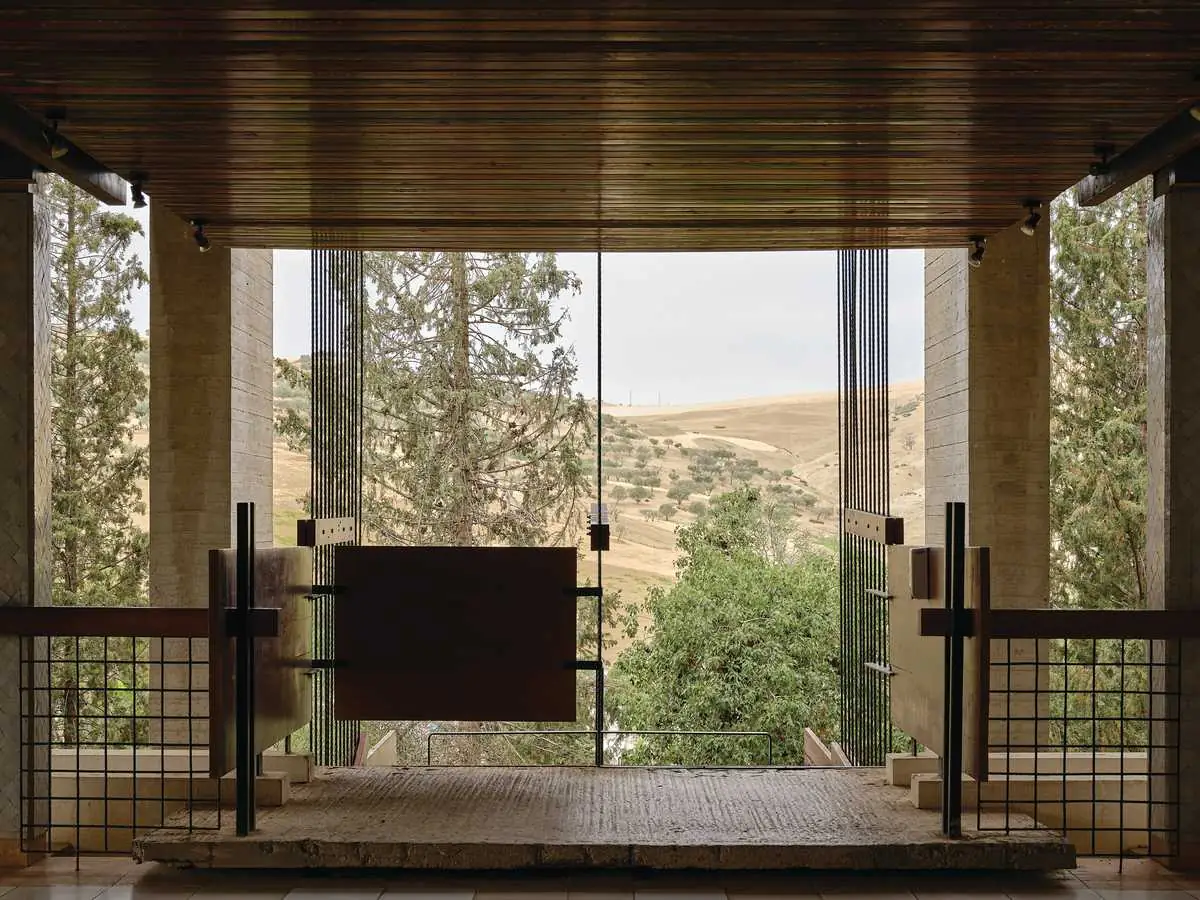
6
Slightly offset from the ryad, the circular pool is partially covered by a slim concrete slab and opens to the surroundings. The last piece, built in the 1970s, is an ombrière, or shade structure, made of long Vierendeel trusses that cover a square.
Mastered in all its details, the complex nevertheless deteriorated over time, losing both its local and visiting users. Thanks to the energy of Aziza Chaouni, a Moroccan architect and associate professor of architecture at the University of Toronto’s John H. Daniels Faculty of Architecture, Landscape and Design, this extraordinary witness to the encounter between Modernism and Moroccan nation-building is being brought back to life. Secured in 2017, a $150,000 grant from the Getty Foundation’s now extinct Keeping it Modern program made the opening of an initial part of the site possible.
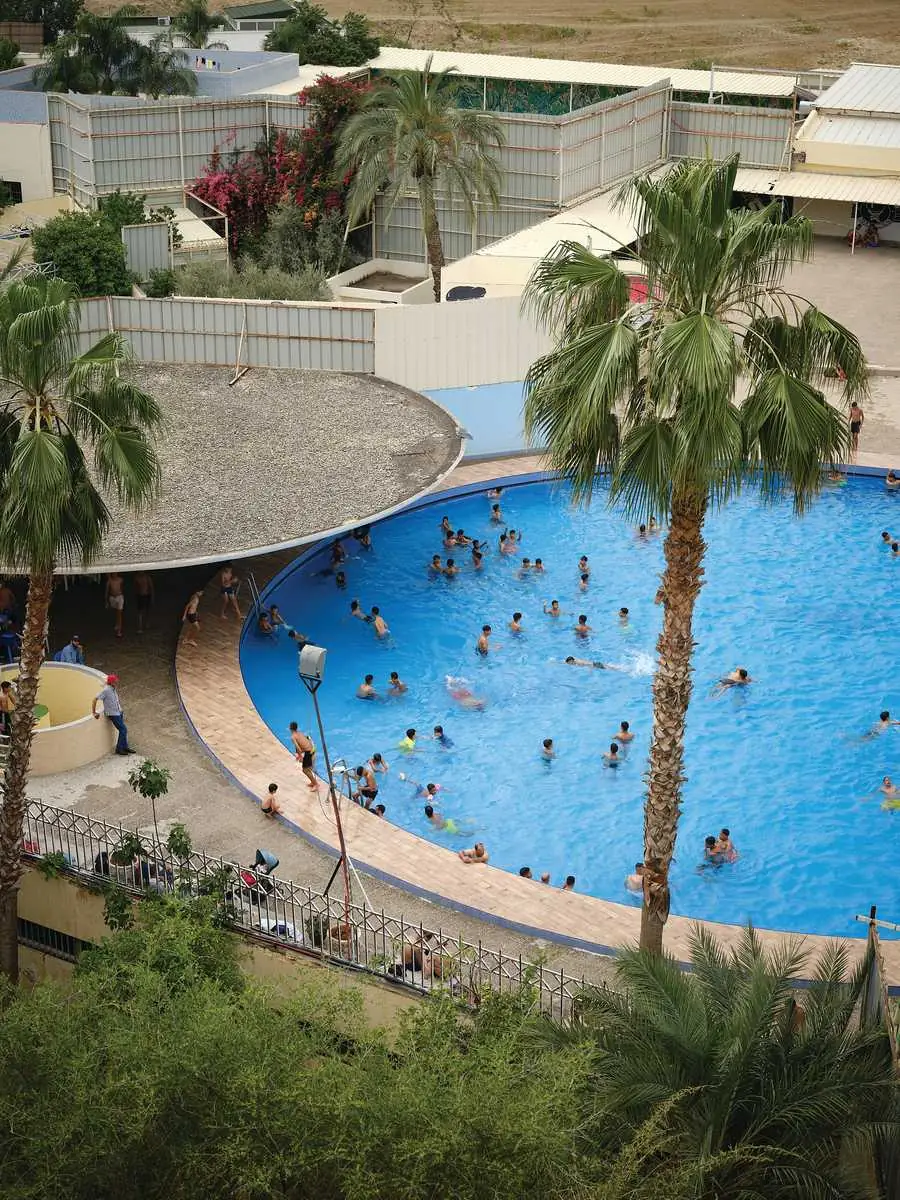
7

8
Water features, including the pool (7) and a sculptural fountain (8), are key elements of the thermal complex. Photos © doublespace / Younes Bounhar
“As a young girl growing up in Fez, I often accompanied my grandmother to the thermal baths of Sidi Harazem, where she swam, drank from the hot spring water, and prayed to recover from her painful rheumatism,” recalls Chaouni. “I remember feeling at first a bit fearful of such an imposing behemoth, but I quickly became enthralled. Sidi Harazem is exceptional in many regards: it is a stellar testimony to Zevaco’s talent to reinterpret Moroccan vernacular architecture through the lens of Modernism while giving rise to a very personal, poetic, and tectonic vocabulary.”
Chaouni’s campaign engaged the local population, who embraced her efforts. She made the community aware of the quality of the site and opened up shuttered portions of it. She reinstated the market and related activities and established artist residencies, for visual and performing artists to create work inspired by the site. This first stage in the rebirth of the complex has prompted the Moroccan authorities to plan full restoration of this exceptional architectural and landscape statement.


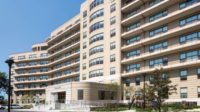
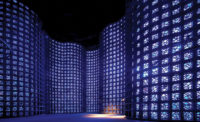
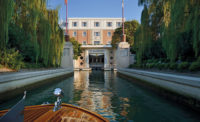
Post a comment to this article
Report Abusive Comment